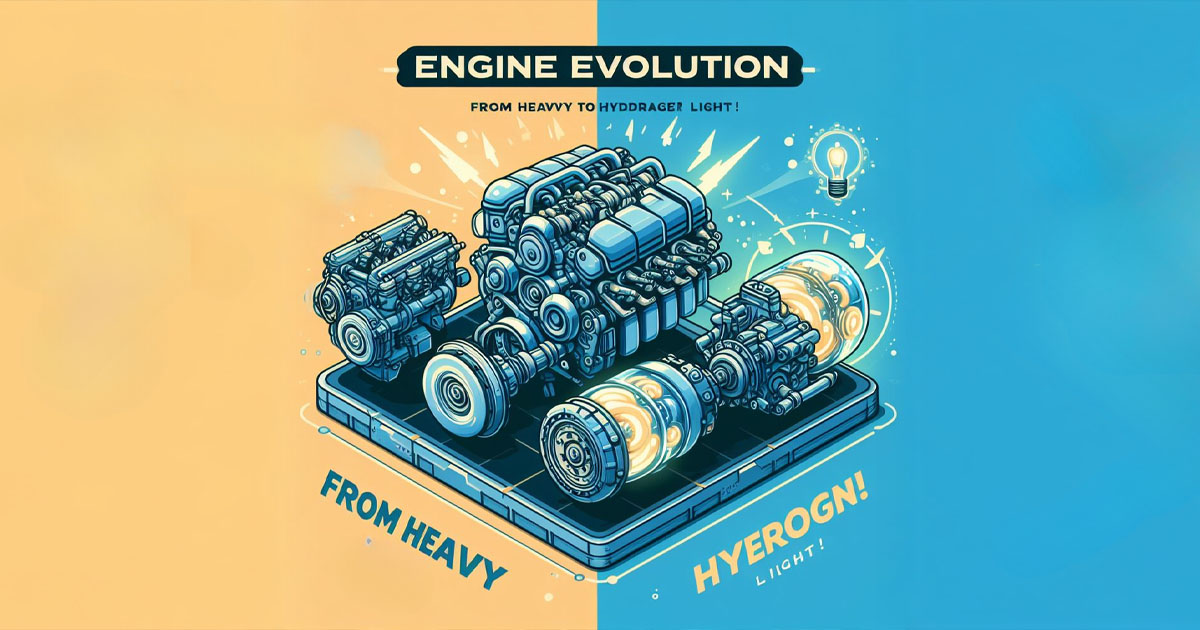
Modern and vintage cars are both fantastic. They are, however, different from one another. Even while current automobile enthusiasts appreciate the high-tech features of new models, classical cars enthusiasts appreciate their uniqueness.
Their uniqueness makes them stand out, and people admire them for it. Despite the fact that the core principle has remained mostly similar, modern cars have experienced a number of advancements over time. Here are a few ways that old classic vehicles vary from newer models:
Performance & Efficiency

Car engines have significantly advanced over the years, and vintage classics can’t compete with today’s cars. Many adjustments have been made to improve fuel efficiency and engine power despite the fact that the fundamental principles remain the same.
Thanks to modern automotive technology like direct injection in new engines, more energy can be extracted from a gasoline tank now. The range of a gas tank in a modern vehicle is significantly greater than that of a vintage vehicle.
Style and Look
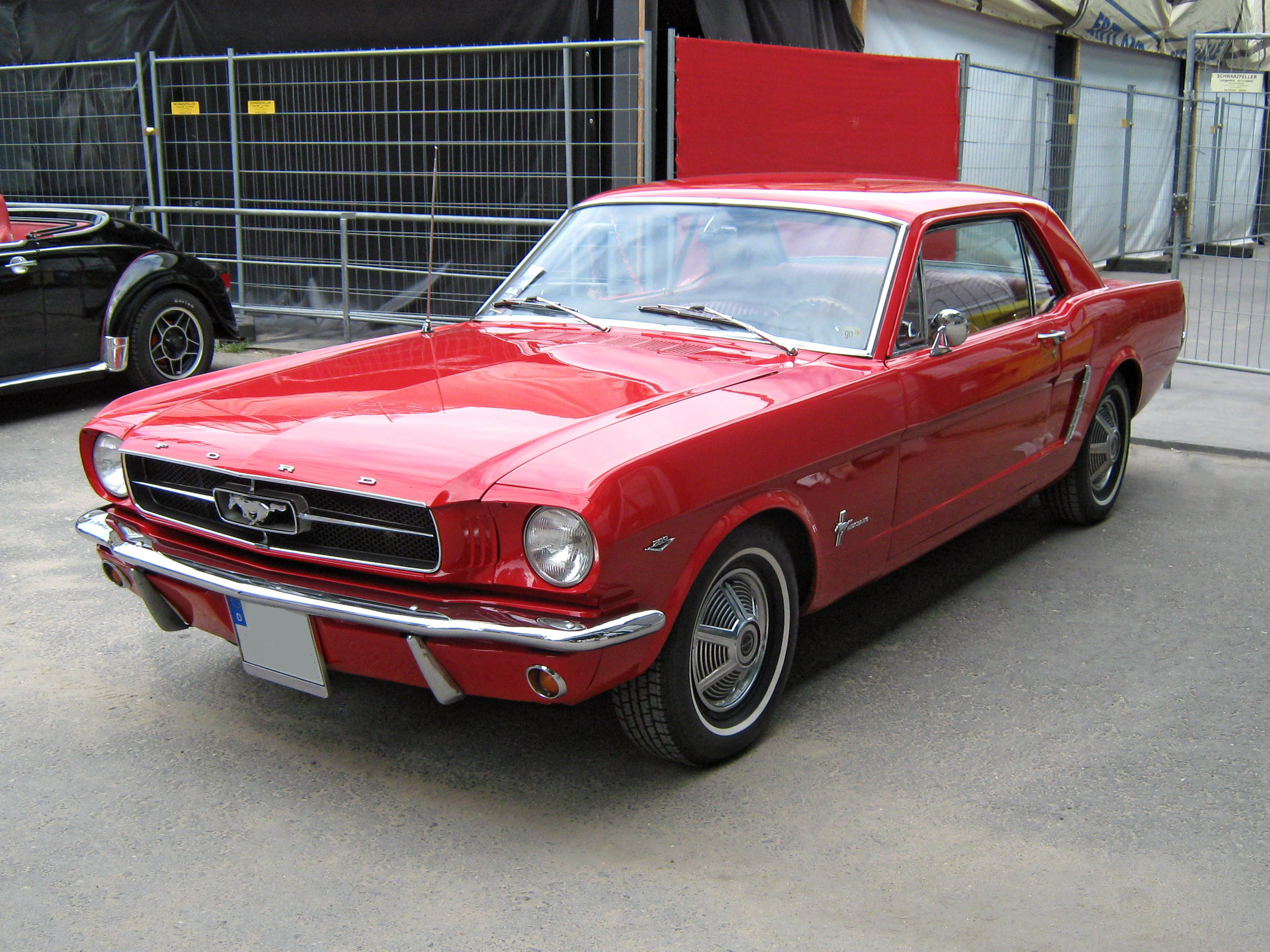
Classic automobiles attract people with their unique looks and characteristics. It’s easy to tell the difference between an old vintage automobile and a new one. Their designs and fashions are unique and eye-catching. The automobiles are also expected to be in eye-catching colors, as well. You’ll have a hard time mistaking one old automobile for another.
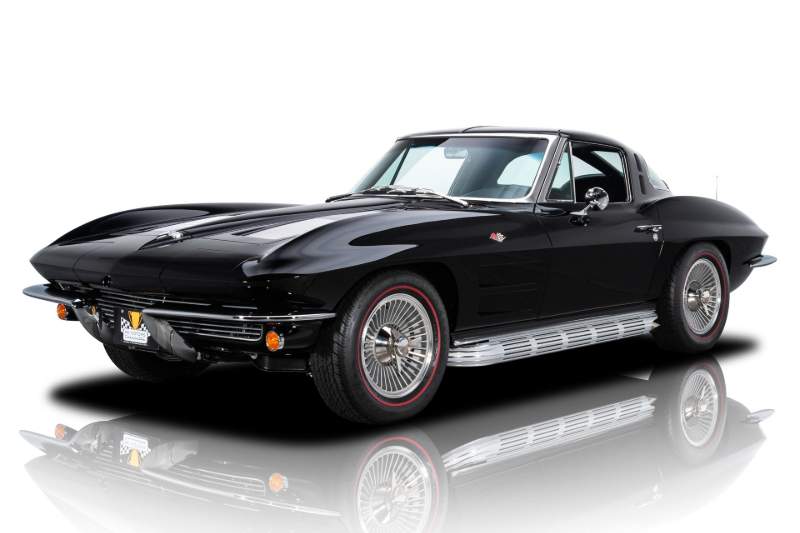
Assume you’re at a car show and two cars arrive at the same moment. They’ve decided to park right next to one another. Among them is a 1965 Chevrolet Corvette that has been expertly restored and a brand-new Corvette.
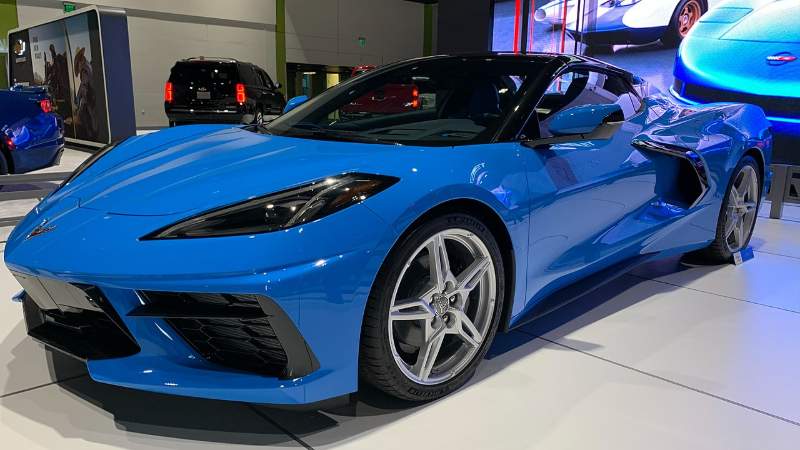
The vintage Corvette is more likely to draw attention than the modern one. Classic automobiles tend to attract a lot more attention.
Newer models, on the other hand, all look the same. When it comes to vintage cars, it’s impossible to confuse an Oldsmobile for a Studebaker. It’s simple to recognize one vehicle from another because of its distinct looks and colors. The logo on the grille or trunk is now the only distinguishing feature between modern cars!
Engine Size
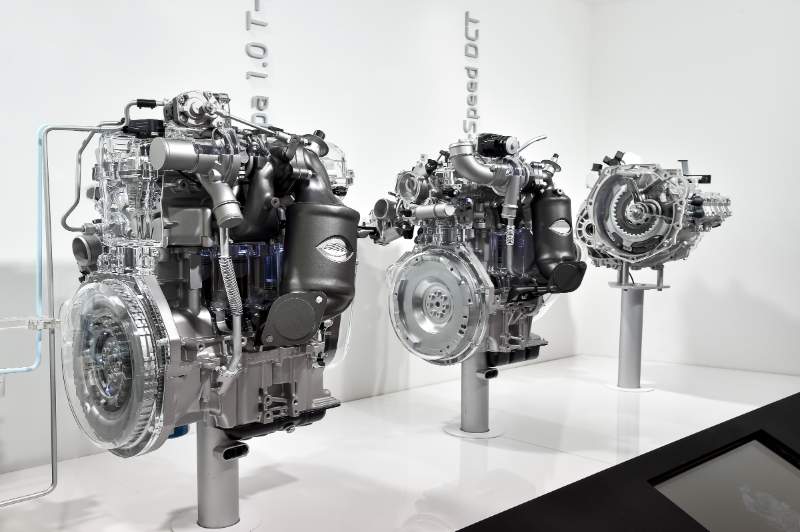
Modern automobile engines are far more compact than those of classic automobiles. Manufacturers have recognized that larger engines do not always produce more power. Size doesn’t matter when it comes to modern engines. Technology that makes modern engines powerful can also be utilized to make them smaller.
An excellent example is the Ford F-series truck. In 2011, the F-150 featured two engine options: a 3.5-liter V-6 engine that produced 365 horsepower and a 5.0-liter V-8 engine that produced 360 horsepower.
However, it is worth noting that the same series also offered a 6.2-liter V-8 that produced 411 horsepower. However, in terms of power, the smaller V-6 is similar to both V-8s, even though it is significantly smaller.
Maintenance Cost

Classic cars do better than their modern counterparts in terms of service and maintenance since most of the work can be done by the owners themselves. Diagnostic testing on today’s automobiles, which are jam-packed with technology, maybe extremely expensive.
As a matter of fact, almost every mechanical item of an old automobile may be removed and rebuilt. The sensors and electronics in modern cars frequently need to be changed, which can be costly. If you have the correct components for a classic car, it may be far more cost-effective to fix.
Engine Reliability
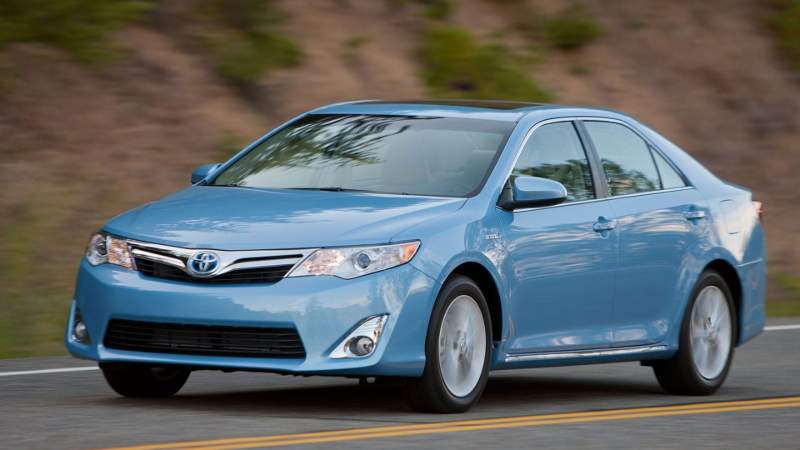
Classic car engines are highly unreliable compared to those available in modern cars. Electronic components, rather than mechanical ones, are used in modern engines.
As a result, they’re resistant to normal wear and tear. Pumps, for example, have been replaced with alternatives that may be electronically controlled. As long as they are properly maintained, they should last for many years.
Other critical engine components, such as carburetors, have also received an electronic upgrade. Throttle bodies and electronic fuel injection systems have taken the role of carburetors.
Increase of Value
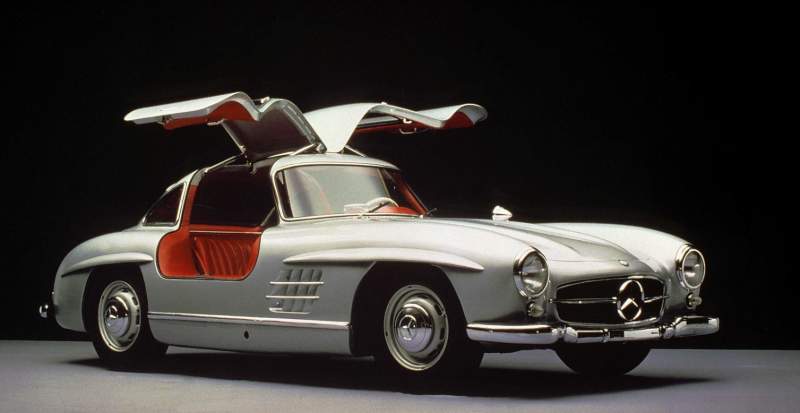
Buying a car is more of a need than a wise financial decision. As soon as you drive it off the showroom, the value of the average modern car declines to half of what it was when you bought it. On the other hand, investing in classic automobiles is a smart move. As they become older, these automobiles gain in value.
The value of vintage classic cars usually appreciates with time. However, the modern car value usually depreciates with time.
Advanced Technology
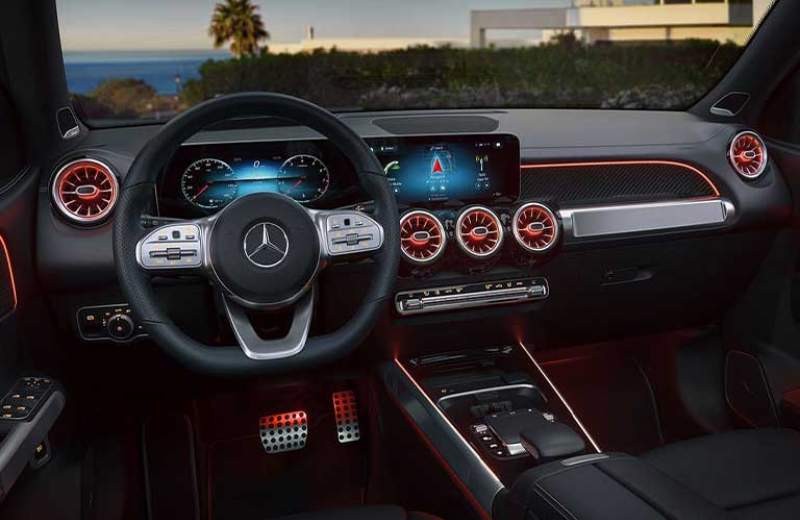
When it comes to cars technology, modern and classic automobiles are vastly different. Modern vehicles, of course, use the most up-to-date technology. A lot of people prefer newer automobiles over older ones because of this reason.
The latest generation of cars is technological marvels. Despite the fact that there are several manufacturers, all of them strive to include various features that enhance user safety, convenience, and comfort. Some of these features include emergency braking and automated headlights.
Everything in a classic car is done by hand. A limited amount of technology is used. Classic cars are a wonderful option for drivers who want to drive a manual transmission.
However, old classic automobiles may be upgraded with high-tech features without sacrificing their vintage charm. Back-up cameras, parking sensors, and vehicle electronics are some of the most common modern additions to classic cars.
Simplicity is the Key

Old classical cars are very simple for the average person. In comparison to their more recent cousins, they are less complicated. Drivers today face a vast range of controls on modern cars, with many more buttons and knobs to learn.
On the other hand, these beautiful pieces of the past were basic and straightforward. There are no computers, no complex wiring, and plenty of room for comfort in these vehicles.
Conclusion
Modern and old cars each have distinctive attributes that set them apart from one another. As a result, it is difficult to choose one over the other.
For example, the engines in today’s cars are more powerful and reliable. Compared to vintage automobiles, they provide greater safety, stability, and efficiency. Classic automobiles, on the other hand, are simple to maintain. They have a great look and are simple to use.
But is it worth paying more for complexity in exchange for enhanced efficiency? We’ll let you decide on that.




